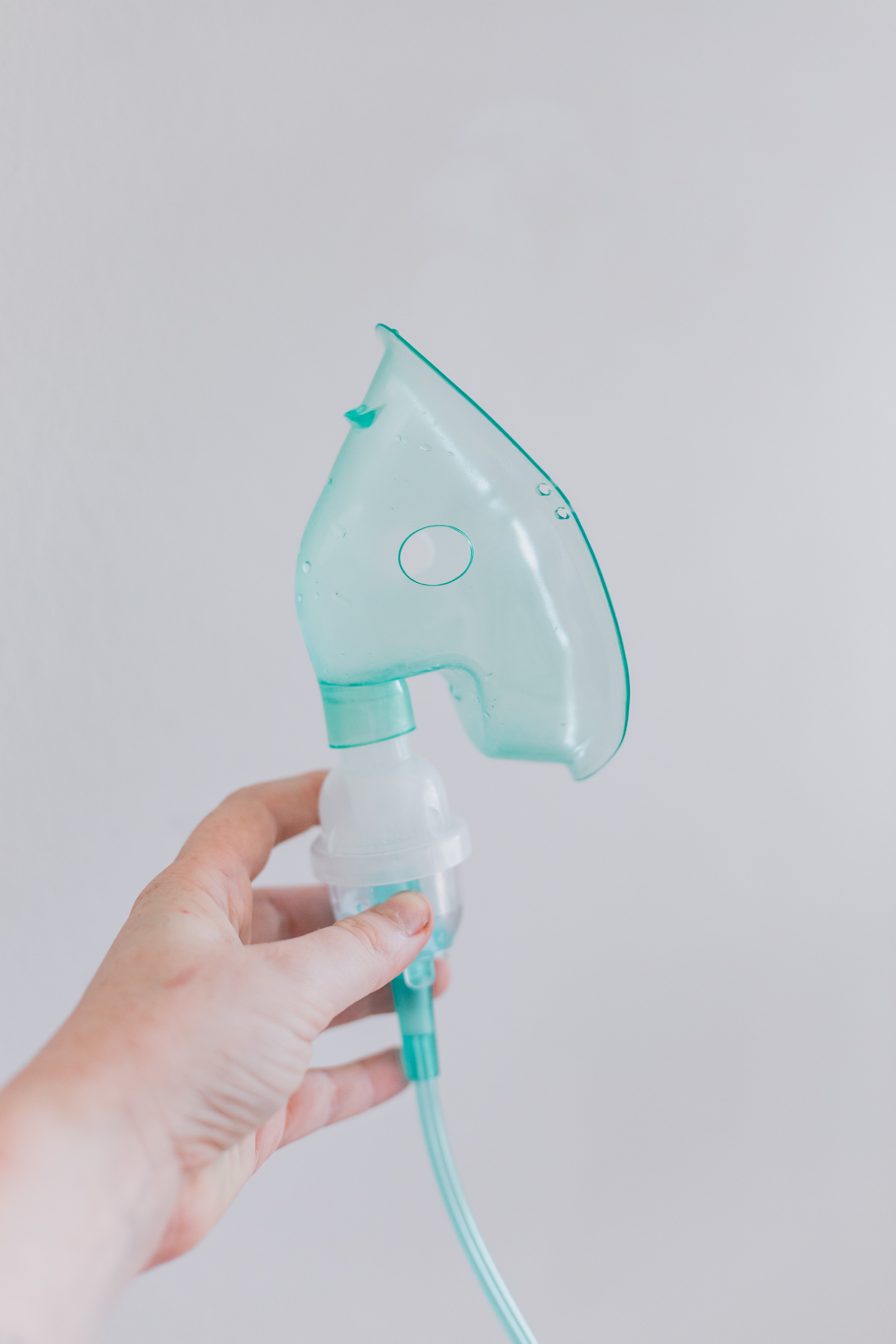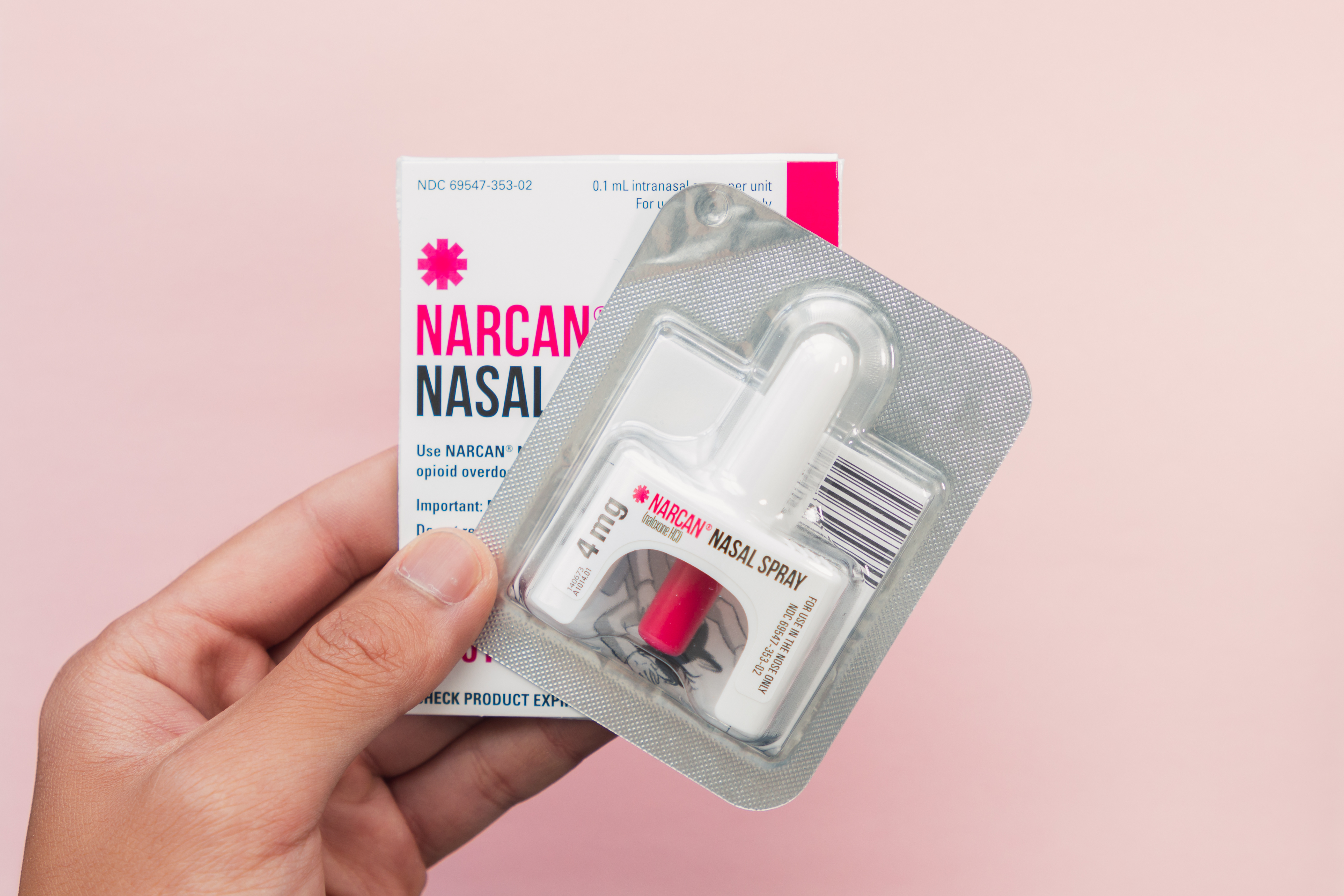Fastest Acting Nausea Medications: OTC & Prescription
Your best options for over-the-counter and prescription nausea medications
Nausea is the queasy sensation that you experience before you vomit. It’s often described as the feeling of being “sick to your stomach,” or having an “upset stomach.” It can also be triggered by countless things. Common causes of nausea include food poisoning, medication, the flu, motion sickness, pregnancy, and more.
No matter what triggers it, nausea can make you feel miserable and keep you from daily activities. Fortunately, there are lots of medications that can provide nausea relief. In this blog post, we’ll discuss over-the-counter (OTC) and prescription medicine options for nausea.
What is the best OTC medicine for nausea?
The best OTC option for nausea depends on the cause of your nausea symptoms. Many of these medications also have more affordable generic versions. Options include:
Bismuth subsalicylate (Pepto-Bismol)
Bismuth subsalicylate is one of the best OTC medicines for nausea from gastrointestinal (GI) issues. It kills germs and bacteria in the gut and GI tract that can trigger nausea. It also reduces inflammation in the digestive system. However, it should not be administered to children ages 12 and under. Generic bismuth subsalicylate tends to be more affordable than its name-brand counterpart. As of 2023, 16 fluid oz of generic bismuth subsalicylate costs $3.69 at Target. However, 16 fluid oz of Pepto-Bismol costs $7.99.
Phosphoric acid/dextrose/fructose (Emetrol)
Emetrol helps with an upset stomach by relaxing stomach muscles. This can help relieve nausea, vomiting and bloating. It is also available in a children’s formulation. This makes it one of the most popular OTC nausea medications for children aged 2 and up. A 4-oz bottle of Emetrol costs about $14.50 at CVS. However, their generic Nausea Relief Liquid is priced at $10.99.
Dimenhydrinate (Dramamine)
Dimenhydrinate is an antihistamine. It is considered to be one of the best OTC nausea medications for motion sickness and morning sickness. The brand name, Dramamine, is more expensive than generic dimenhydrinate. At CVS, a 12-count pack of 50mg Dramamine tablets costs $9.49. The generic version costs just $6.49.
Meclizine (Bonine, Dramamine Less Drowsy)
This antihistamine works similarly to dimenhydrinate with less sleepy side effects. It can help with motion sickness but must be taken an hour in advance before effects can be felt.
At Walgreens, a 16-count pack of 25mg Dramamine Less Drowsy tablets costs $9.98. The generic version is priced at $6.49.
What is the best prescription medicine for nausea?
If OTC nausea medicine isn't helping your nausea, your healthcare provider may suggest prescription medication. Examples of fast-acting prescription nausea medications include:
Ondansetron is better known by its brand name, Zofran. It’s a frequently-prescribed serotonin antagonist, and it works on receptors in the brain and intestines to prevent nausea. It’s effective for food poisoning, viral illnesses, surgery and chemotherapy. Ondansetron is available both in tablet form and in ODT (orally disintegrating tablet) form. Once taken, it typically begins to relieve nausea within 30-60 minutes.
Palonosetron (Aloxi)
Palonosetron helps to treat and prevent nausea and vomiting from chemotherapy. It is also given to post-op patients to prevent nausea and vomiting. It’s typically administered via IV about 30 minutes before starting chemo. It can also be taken via an oral capsule that is given about an hour before starting chemo.
Granisetron (Sustol, Sancuso)
Granisetron is another medication that helps to treat chemotherapy-induced nausea and vomiting. It generally starts to provide nausea relief within 30 minutes.
Dolasetron (Anzemet)
Dolasetron helps to prevent nausea and vomiting from chemotherapy. Two formulations of Dolasetron - 100mg tablets and IV medication - have been discontinued in the US market. However, a 50mg brand-name tablet is still available.
Promethazine (Promethegan, Phenadoz)
Promethazine is an antihistamine that is sometimes prescribed for nausea. It typically takes effect within 20-30 minutes of taking it. However, promethazine is prone to abuse. Because of that, it is rarely prescribed as the first medication of choice when treating nausea. Most providers do not prescribe this medication via telehealth.
Prescription meclizine is much stronger than its OTC version (Dramamine, Bonine). It helps relieve nausea, and can also help with vertigo. It takes about an hour to start working.
Prochlorperazine (Compazine)
Prochlorperazine is a medication that is most commonly used to treat nausea and vomiting. It can also be prescribed off-label for migraine headaches. Prochlorperazine typically takes 30-40 minutes to relieve nausea.
Metoclopramide is mainly used to treat and prevent nausea and vomiting from chemotherapy. It’s also prescribed to treat and prevent post-op nausea and vomiting. Some providers prescribe it off-label to treat migraines. This medication typically begins to work within 30-60 minutes.
Scopolamine is also known by its brand name Transderm Scop. It can treat nausea from motion sickness, anesthesia and surgery. Scopolamine is prescribed as a patch that is placed behind your ear. Once applied, scopolamine patches typically relieve nausea within 4 hours. Therefore, it’s best to apply the patch at least 4 hours before you need it. The patch can be left on for 3 days.
Olanzapine is normally prescribed as an antipsychotic. However, some doctors prescribe it off-label as an anti-nausea medication. It works by blocking multiple neurotransmitters that can cause nausea, including dopamin, serotonin and histamine receptors. It’s often prescribed to treat chemotherapy nausea.
Nabilone (Cesamet)
Nabilone is a cannabinoid medication. It is FDA-approved for treating chemotherapy-induced nausea and vomiting. It typically begins working within 60-90 minutes.
Dronabinol (Marinol, Syndros)
Dronabinol is prescribed for cancer patients to prevent nausea and vomiting from chemotherapy. It usually begins working within 30-60 minutes of taking the medication.
How do anti-nausea medications work?
Anti-nausea medicines are also known as antiemetics. There are many different types of antiemetics, and they all work in different ways to relieve nausea symptoms. Some block receptors in the gut to prevent it from sending signals to the brain. Some block neurotransmitters in the brain to prevent them from triggering nausea. Others block the effects of certain chemicals.
Here’s how different types of anti-nausea medications work:
Benzodiazepines
Benzodiazepines belong to a class of drugs known as anxiolytics. These medications treat anxiety symptoms by blocking certain chemicals in the brain. If your nausea is caused by anxiety or fear, your provider might prescribe a benzodiazepine.
Cannabinoids
Cannabinoid medications are derived from the active ingredients in cannabis. They work by interacting with the body's endocannabinoid system. This system plays a role in controlling nausea and vomiting.
Dopamine antagonists
Dopamine is a substance that can stimulate nausea in the brain. Dopamine antagonists stop dopamine from binding to areas of the brain, preventing nausea. These medications are typically used to treat nausea that hasn’t responded well to other medications.
NK-1 receptor antagonists
NK-1 receptors are receptors in your brain that receive chemicals. Certain chemicals, like the ones in chemotherapy, can trigger nausea when they're received by NK-1 receptors. NK-1 receptor antagonists prevent those chemicals from being received. Therefore, these medications are often prescribed to treat nausea from chemo treatment.
Serotonin antagonists
Serotonin is a neurotransmitter that can trigger nausea in the brain. Serotonin antagonists are able to block the effects of serotonin. Serotonin antagonists are typically used to treat chemotherapy nausea.
When to see a doctor about nausea
Although nausea is common, it can also be an indicator of a more serious problem. Call your healthcare provider right away if you notice that your nausea is persistent or worsening. You should also call your provider if you notice blood in your vomit, chest pains, fever, or blurred vision.
How Sesame can help
Looking to speak with a doctor or specialist about your nausea? Good news! If appropriate, providers on Sesame can write a prescription or refill an existing one during a virtual or in-person visit. Depending on the medication, you can arrange for same-day pickup at a pharmacy near you. Book an online consultation with a provider on Sesame today to determine if nausea medicine is right for you.
Note that all prescriptions are at the discretion of your healthcare provider. Providers on Sesame cannot prescribe controlled substances.
Related posts

Nausea strikes quickly, and it can hit hard. From motion sickness to morning sickness, there is almost nothing worse than the feeling of nausea. Luckily, there are many natural remedies you can use at home to settle these symptoms without using medication.

Antihistamines are a class of drugs used to treat the symptoms of allergies. This includes symptoms like sneezing, watery eyes, and difficulty breathing.

Over-the-counter asthma inhalers may provide relief for asthma symptoms. Learn more about these medications, how they work, and your best treatment options.

Vaginal yeast infections are a common condition that affect millions of people each year. They’re accompanied by a range of irritating symptoms like itching and pain. Luckily, these over-the-counter and prescription medication options can help - fast.

Struggling to quit smoking? These seven FDA-approved medications for smoking cessation may be able to help you say no to nicotine for good.

Antidepressants are prescription drugs used by health care professionals to treat depression. The word “antidepressant” is an umbrella classification for diverse subgroups of drugs used to treat depression.

Over-the-counter Narcan is now FDA-approved. Learn how this nasal spray can prevent fatal opioid overdoses and why it's essential to have on hand.

Learn the key differences between tension headaches and migraines, including symptoms, triggers, and treatments. Find out how to prevent headaches naturally, when to seek care, and how Sesame’s online providers can help you manage pain.

Overactive bladder syndrome (OAB) is a common medical condition that affects the urinary system. It is characterized by a frequent and strong urge to urinate, often accompanied by sudden, uncontrollable contractions of the bladder muscles.
